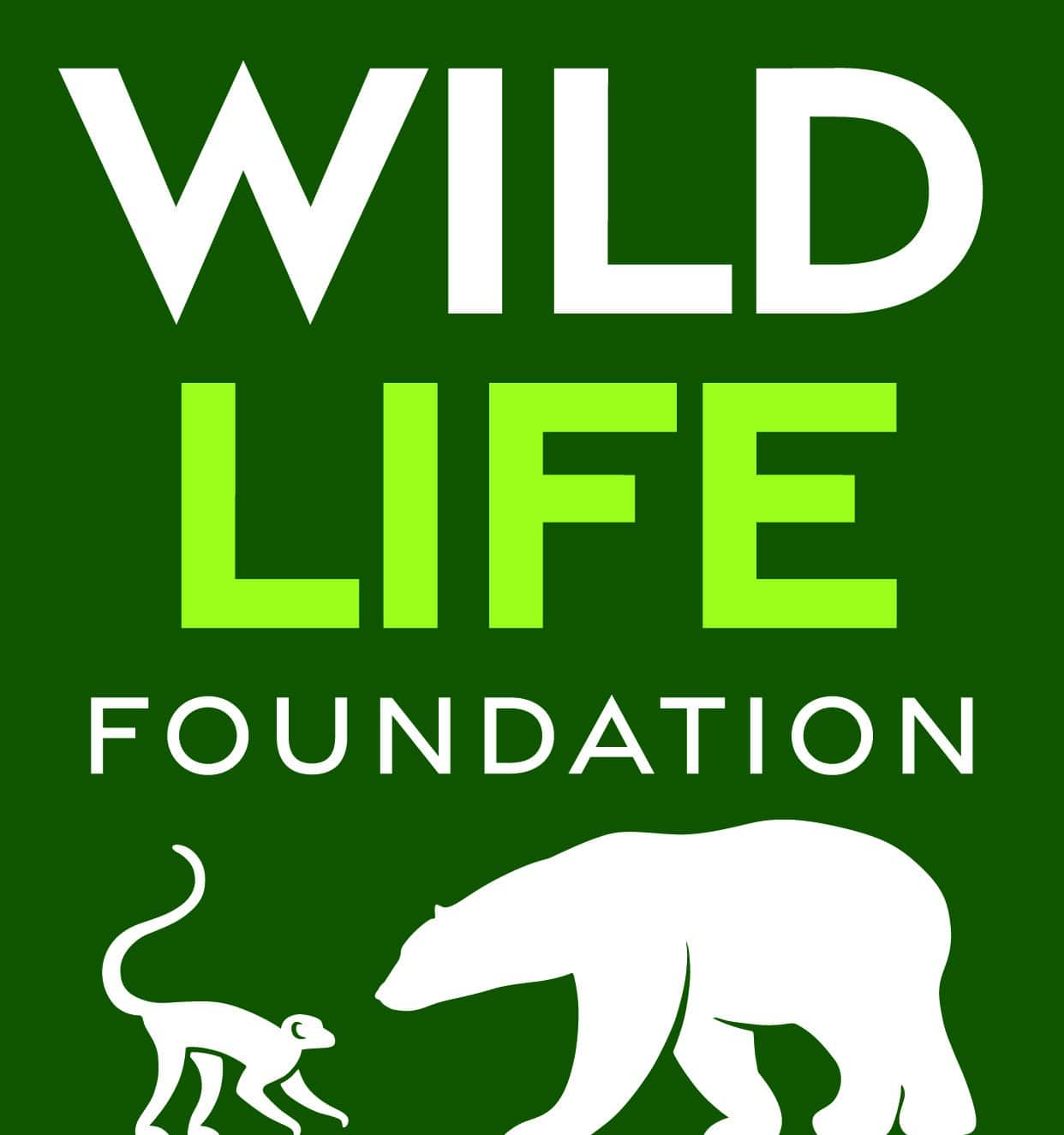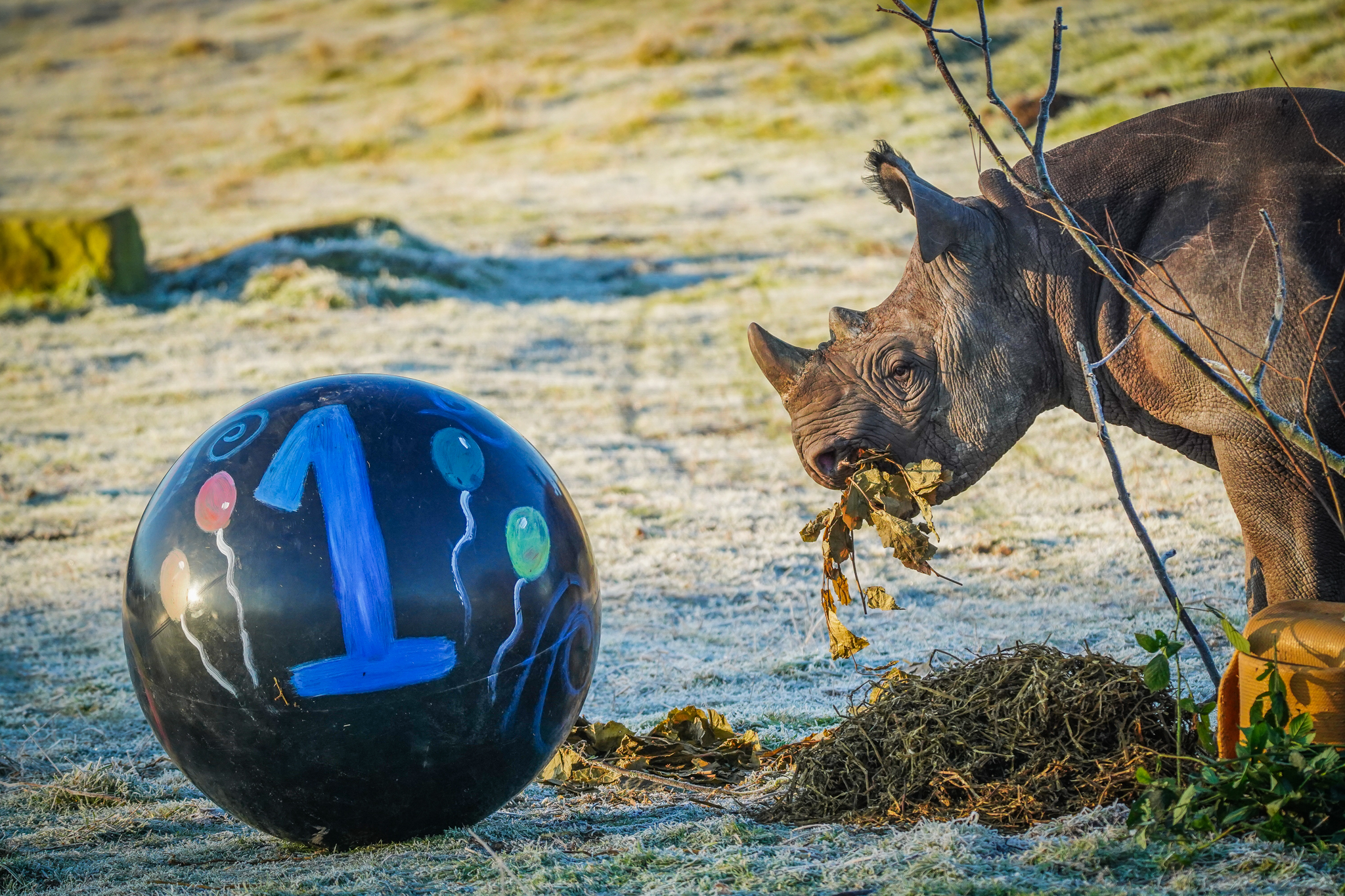At WildLife Foundation protecting and raising awareness of endangered species is the driving force behind everything that we do. Over the past 14 years, we have collaborated with partners across every continent except Antarctica, striving to improve the welfare of vulnerable animals both in human care and in their natural habitats.
With today being Endangered Species Day, we’re shining a spotlight on some of the animals we support that you might be surprised are endangered. Today serves as a poignant reminder of the critical role each of us plays in safeguarding these species, and we are dedicated to raising awareness to inspire action for their conservation.
Polar Bears
Polar bears are designed to survive the harshest of conditions, but climate change is causing their natural habitat to disappear. There are only 260,000 polar bears remaining in the wild and if our impact on the planet continues, their population could collapse by 2100.
Polar bears are a really important part of our legacy, as we work closely with Yorkshire Wildlife Park – Polar Bear International’s only Arctic Ambassador Centre in the UK and Polar Bears International. Through this partnership, we help to direct policy, build partnerships, and engage in public outreach.
Project Polar is the WildLife Foundation’s flagship initiative. Working in association with Yorkshire Wildlife Park and Polar Bears International, it is part of an international centre for conservation, rehabilitation and research to improve the welfare of polar bears in captivity and in the wild. Project Polar helps to educate people about the serious threats that polar bears are facing and contributes to education programmes in Canada, Greenland, Russia and Norway.
Black Rhino
With them being fifty million years old, black rhinos are the oldest mammals on the planet, but without our intervention, they might not be around might longer. There are only 6,100 black rhinos remaining in the wild and a staggering 594 were poached in 2019 alone.
At WildLife Foundation, we’re working with Save the Rhino International, who are an amazing organisation working really hard to take care of black rhinos, protecting them from poachers and making sure their population can grow.
Giraffes
These long-necked mammals are another popular favourite that many might not know are classed as vulnerable. Giraffes are intelligent animals and they can use their long necks to identify predators at a distance, but it’s humans that stand as their number one threat.
Due to factors such as poaching, habitat loss, and climate change, there are now only 117,000 giraffes remaining in the wild. Their numbers have decreased by 30% since the 1980s and shockingly they are actually extinct within seven different countries.
In the past, WildLife Foundation regularly supported the Giraffe Conservation Foundation and all funds raised were put towards taking good care of these animals.
Wild Camels
Wild camels are incredibly resilient creatures, with them being able to withstand extreme temperatures and survive long periods without fresh drinking water. They might possess this incredible superpower, but that hasn’t helped them shake earning the unfortunate title of being the eighth most endangered mammal on the planet.
There are only an estimated 600 wild camels remaining in the wild and with there being 25-30 killed each year, it’s predicted that 84% of their population will be lost by 2033. If we have done the maths correctly that sadly means only 96 wild camels will be remaining.
WildLife Foundation provided funding towards a major conservation project through which 6 Wild camels were transferred from a breeding centre back to the wild, in order to provide fresh blood for existing herds, a vital exercise to boost struggling wild populations.
Red-bellied Lemurs
Classified as critically endangered by the IUCN Red List, red-bellied lemurs are one of the most vulnerable species that we work to support. There are only 600 of them in the wild and with them exclusively eating a diet of bamboo, they are seriously under threat due to 90% of the forest in Madagascar being destroyed.
We’ve had some good news over the last few years though, as in 2008 it was predicted that there were only 100 left. We now know that this figure is much higher, and we’ve previously worked with Helpsimus to protect their home and empower local communities to do so too.
Painted Dogs
Despite being incredible animals, painted dogs sadly hold the title of being the second most endangered carnivore in Africa. Just like humans, painted dogs have an incredibly strong bond with their family. Only the fittest provide food for the young, sick, and elderly.
With a mortality rate of just 50%, painted dogs have dramatically decreased in numbers over the past few decades. Their population fell by 43% over the last two decades, resulting in there only being 6,000 remaining in the wild.
WildLife Foundation awarded a three-year grant to its partners, Fauna and Flora International, to be used at their Sera Wildlife Conservancy in Kenya where the money was used to secure the habitat of the species that live there, including Black rhinos, Grévy’s zebra, Painted dogs and Giraffes.
WildLife Foundations is committed to improving the welfare of these endangered animals. If you would like to support us in our mission to promote the conservation and welfare of wildlife in their natural habitat and in captivity click here to donate. We could not do what we do without your guys generosity! To keep up to date with our latest news updates, be sure to sign up for our newsletter and follow us on Facebook, X/ Twitter, and Instagram.











